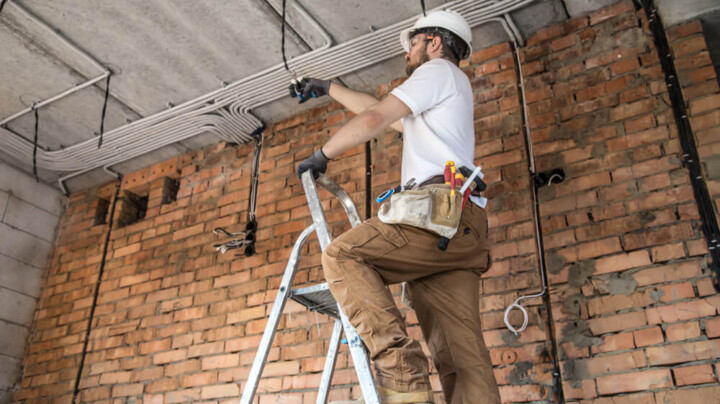


Creating a safe workplace isn’t just about having policies and procedures in place, it’s about building a culture where safety is prioritised at every level of your organisation. But how do you know if your safety culture is effective? Conducting a thorough safety culture audit can provide the insights you need to identify gaps, improve behaviours, and reduce risks.
Here’s a practical guide on how to conduct a health and safety audit at your workplace.
A safety culture audit is a systematic evaluation of your organisation’s attitudes, behaviours, and practices around workplace safety. Unlike a traditional compliance audit, which focuses on whether procedures are being followed, a safety culture audit examines how safety is perceived, communicated, and valued across your workforce.
The goal is to identify strengths, weaknesses, and opportunities to create a proactive, safety-focused environment.
Investing time in auditing your safety culture brings multiple benefits:
Before starting, clarify why you’re conducting the audit. Are you trying to reduce accidents and incidents, improve compliance, or enhance employee engagement? Clear objectives will guide the audit process and ensure actionable results. Read more details about how health and safety reduces workplace accidents.
Collect both quantitative and qualitative information to get a complete picture of your safety culture. Methods can include:
Leadership plays a critical role in shaping safety culture. Evaluate whether managers and supervisors:
Strong leadership commitment is often the single most influential factor in a positive safety culture.
Review your current safety policies and procedures to see if they are:
A safety culture audit isn’t just about whether procedures exist, it’s about whether employees follow them.
Employees are the frontline of safety. Determine if they:
Low engagement often indicates a disconnect between written policies and actual workplace practices.
Once data is collected, analyse it to identify gaps between policy and practice, areas of high risk, and opportunities for improvement. Common findings include:
Even well-intentioned audits can fail if common pitfalls aren’t avoided. These include:
Avoiding these pitfalls ensures your audit produces actionable insights that genuinely improve workplace safety.
An audit is only valuable if it leads to action. Develop a structured plan to address gaps, assign responsibilities, and set timelines for improvement. Include both short-term fixes (e.g., refresher health and safety training) and long-term strategies (e.g., embedding safety into performance reviews).
Safety culture isn’t static. Regular audits, combined with ongoing monitoring and employee feedback, help ensure continuous improvement and adaptation to changing risks.
At SafeWorkforce, we support businesses in creating safer, more compliant workplaces through comprehensive safety culture assessments. Our team can help you:
With our support, auditing your safety culture becomes a structured, manageable process that drives real change rather than a tick-box exercise.
Auditing your workplace safety culture is a crucial step towards creating a safer, more engaged, and compliant workforce. By identifying gaps, encouraging employee involvement, and aligning leadership and policies, businesses can reduce incidents, enhance productivity, and foster a positive safety culture that lasts.